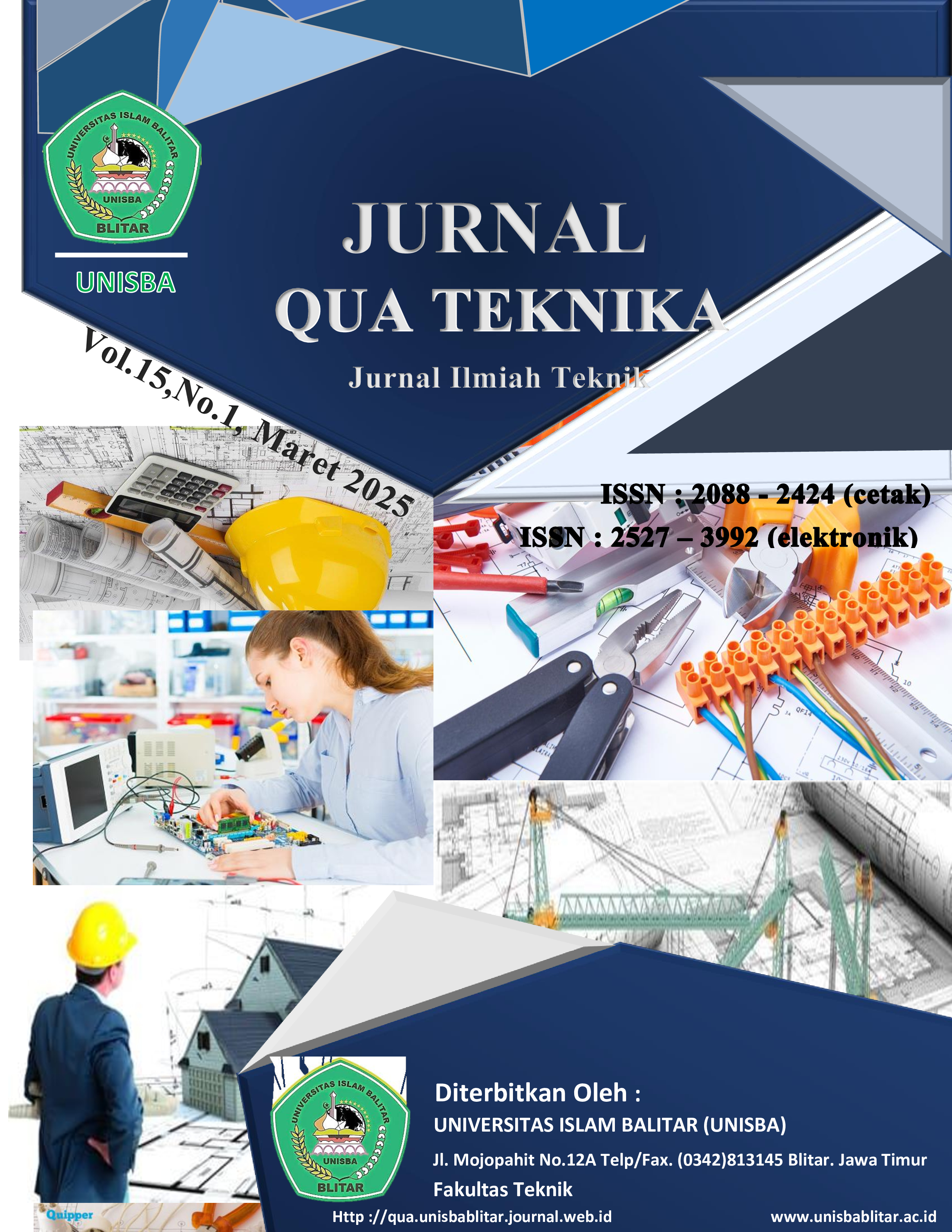ADDITION OF FLOW TRANSMITTER AS A CONTROL TO ENHANCE THE ACCURACY OF OIL PRODUCTION READINGS
Abstract
This research aims to evaluate the effectiveness of adding a flow transmitter as a control in improving the accuracy of readings of petroleum production results, which previously used transmitter levels as a control. The use of transmitter levels as a control has been shown to affect watercut analyzer readings, resulting in lower and less accurate flow counts. In this research, a comparative analysis was carried out between the control system that uses a level transmitter and the control system that uses a flow transmitter. The methods used include field data collection, statistical analysis, and performance evaluation of the two systems. The results showed that the use of a flow transmitter as a control could increase the accuracy of flow readings by about 13.2% compared to the previous control. This improvement not only improves the accuracy of flow measurements, but also has a positive impact on operational efficiency and management of petroleum resources. This research is expected to contribute to the petroleum industry in an effort to improve a more effective and efficient production measurement and control system.
References
[2] https://www.agarcorp.com/wp-content/uploads/2018/12/OW-200-Series.pdf
[3]https://www.emerson.com/documents/automation/instruction-manual-cmf400-sensor-micro-motion-en-63988.pdf
[4] https://patents.google.com/patent/US6748813B1/en
[5] https://patentimages.storage.googleapis.com/1c/b2/d0/2a15eb8f51ff39/US6748813.pdf
[6] https://patents.google.com/patent/US6769301B2/en
[7] https://patentimages.storage.googleapis.com/a0/11/ff/c263a3295287c1/US6769301.pdf
Copyright (c) 2025 Jurnal Qua Teknika

This work is licensed under a Creative Commons Attribution-ShareAlike 4.0 International License.
Authors who publish with this journal agree to the following terms:
- Copyright on any article is retained by the author(s).
- Author grant the journal, right of first publication with the work simultaneously licensed under a Creative Commons Attribution License that allows others to share the work with an acknowledgement of the work’s authorship and initial publication in this journal.
- Authors are able to enter into separate, additional contractual arrangements for the non-exclusive distribution of the journal’s published version of the work (e.g., post it to an institutional repository or publish it in a book), with an acknowledgement of its initial publication in this journal.
- Authors are permitted and encouraged to post their work online (e.g., in institutional repositories or on their website) prior to and during the submission process, as it can lead to productive exchanges, as well as earlier and greater citation of published work.
- The article and any associated published material is distributed under the Creative Commons Attribution-ShareAlike 4.0 International License







